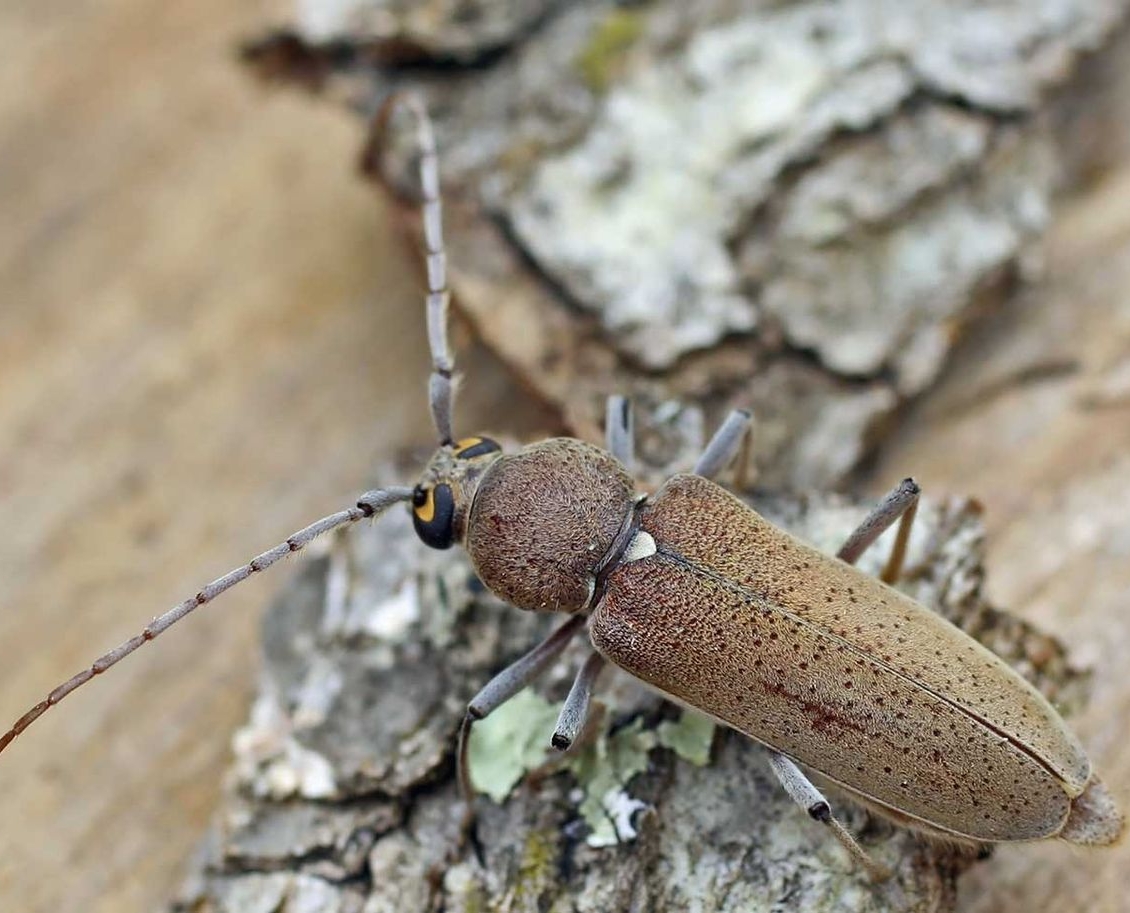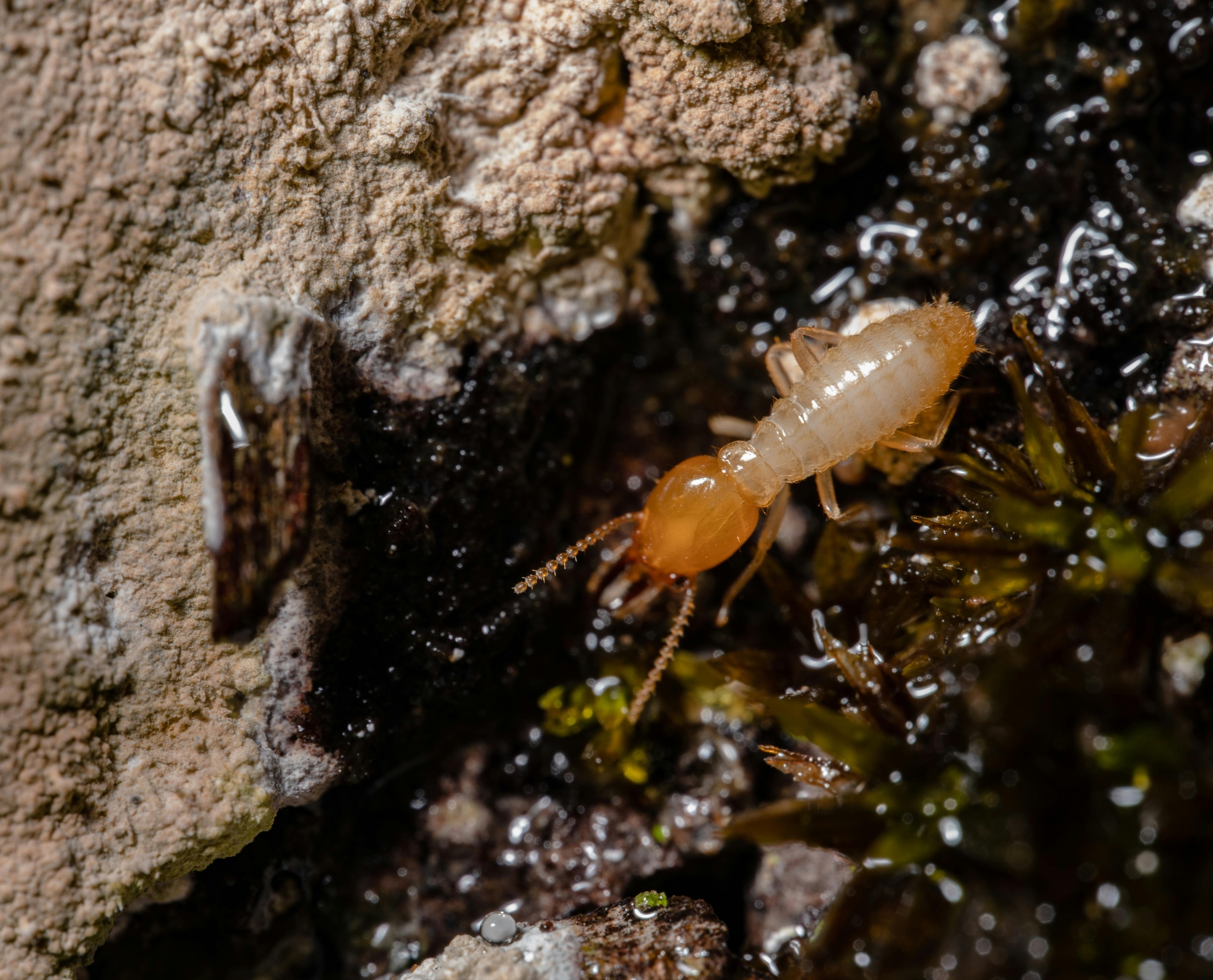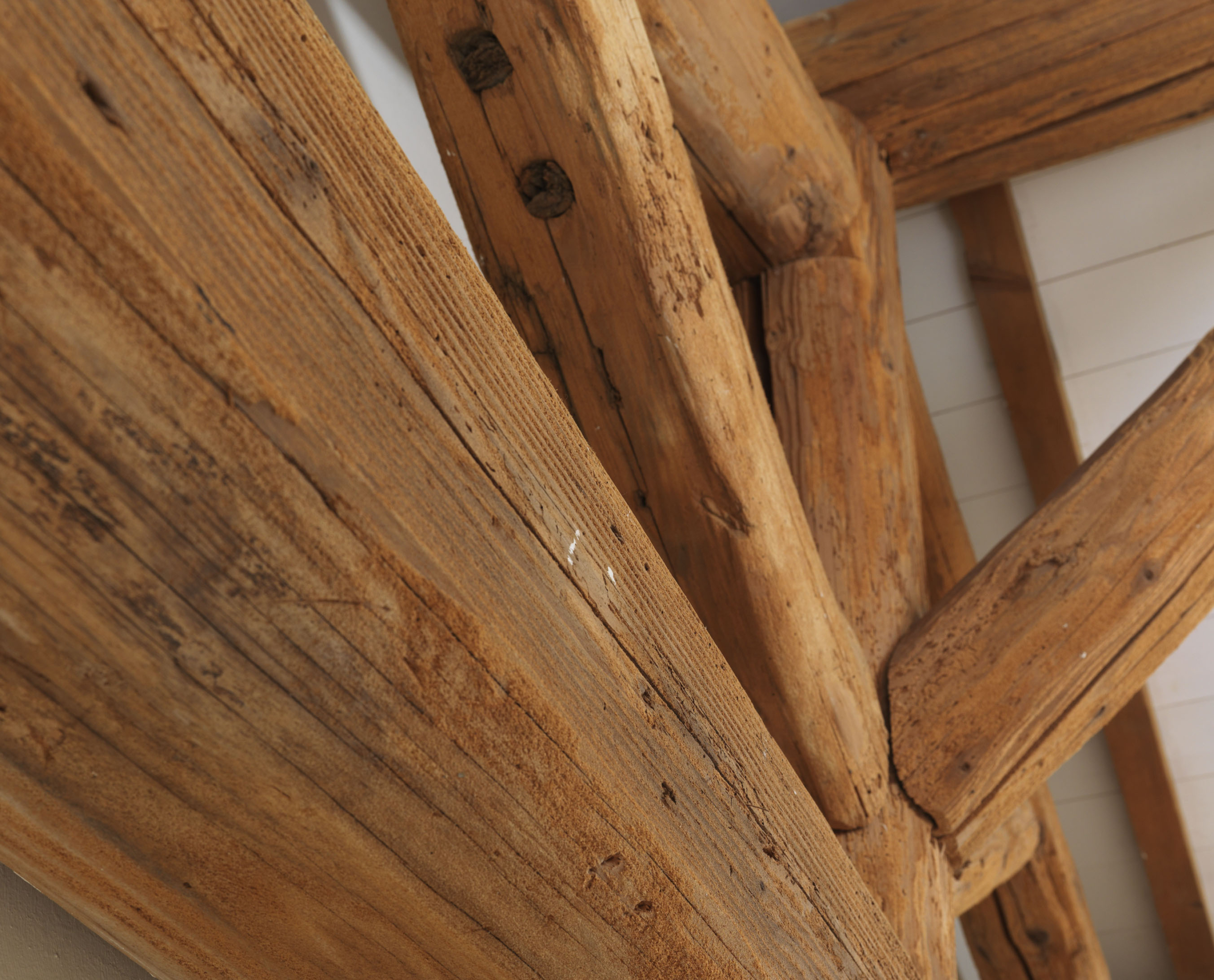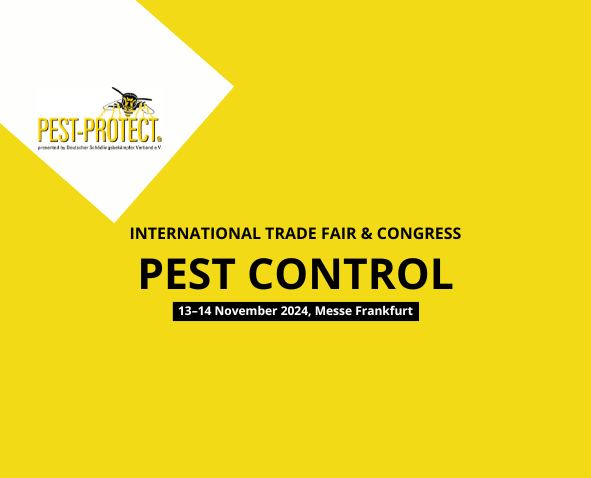Hesperophane : An unwelcome guest

The Hesperophane beetle, a cousin of the capricorn beetle, also known as the hardwood capricorn beetle, is a much-feared insect of our trees and woods, creating a non-negligible nuisance.
The Hesperophane attacks!
This insect, which measures between 13 and 25 mm and lives for just a few weeks, is not very greedy and does not feed. The adult insect is only visible during its annual outbreaks between May and August. However, its larvae are xylophagous and are very hungry. These attack dry wood with a moisture content of less than 20%, as well as timber and stored wood.
The Hesperophane only attacks deciduous trees such as poplar, cherry and chestnut, with a preference for oak, whereas its cousin , the house longhorn beetle, only visits coniferous trees.
An easily identifiable attack
When a larva develops in wood, it digs a gallery. This is what causes damage to the wood. This damage is represented by oval-shaped holes measuring around ten millimetres in the outer layer of the trunk. These allow the larvae to develop properly.
The galleries dug in the direction of the wood grain by the larvae considerably weaken the wood. To recognise this attack, the presence of light beige larval droppings is an additional clue.
Intensity in their development
The female Hesperophane lays an average of 20 to 80 eggs in cracks in the wood. The larvae will remain for between two and six years, depending on the conditions in their place of residence, feeding on the wood. In view of this fairly long duration and the multiplication of generations on the wood attacked, the damage can be significant if treatment is not carried out quickly.
This oak capricorn is therefore very present. Originating in southern France, it has now spread to practically all geographical areas, even reaching the north of France.
However, there is no real generalisation of its spread, as there might be for other insects.
All our news
All our news


